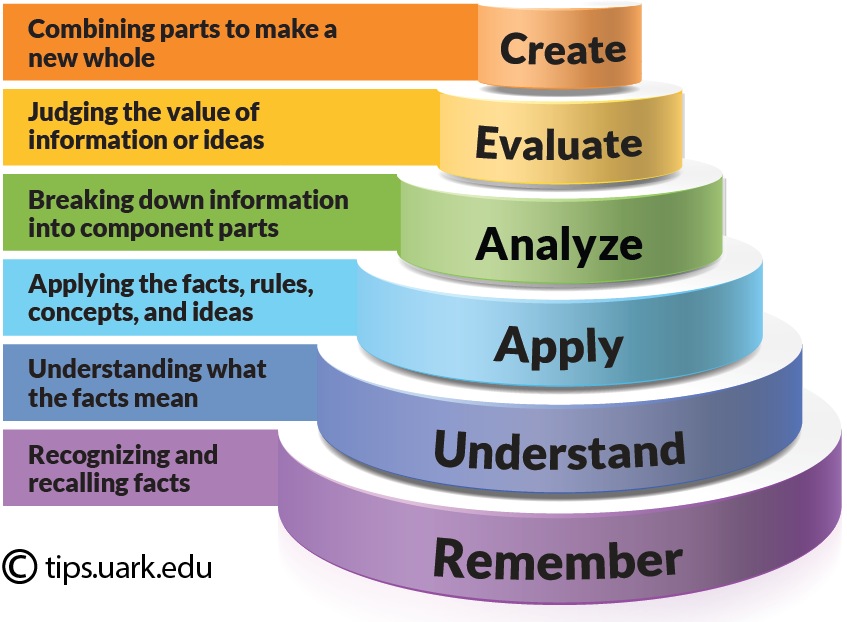Writing Strong Learning Objectives
What is a learning objective?
A learning objective is a goal you have for students in your course. Let’s focus on two types of learning objectives: course learning objectives and module learning objectives.
- Course learning objective (CLO)
- Broad skills, habits, and dispositions students will develop over the course
- One course usually has 3-6 CLOs
- Module learning objective (MLO)
- Specific skills, habits, and dispositions students will develop while completing a module or unit
- MLOs are often where broad, sometimes more abstract CLOs are made tangible and concrete
What are characteristics of effective learning objectives?
- Authentic
- Does the objective challenge students to use disciplinary-specific tools and strategies to solve problems within the discipline’s field?
- Measurable
- Does the objective encourage student learning that can be measured or observed?
- Develop a student’s depth of knowledge
- Does the objective push students to practice higher-order thinking skills?
In order to help students develop a depth of knowledge, consider using Bloom’s Taxonomy to help you write your learning objectives.

Some things to keep in mind about Bloom’s Taxonomy:
- Bloom’s Taxonomy is hierarchical, so higher levels of learning are dependent on the learner having acquired knowledge and skills from the lower levels.
- You don’t need a learning objective at every level! The objectives will depend on your course content and the main goals for the course.
- You will have 3-6 course-level objectives for your course, which may mean that these objectives are broad with regard to the learning that is happening.
- Use your module-level objectives to dig even deeper.
What are critiques of learning objectives and Bloom’s Taxonomy?
Sean Michael Morris is the Senior Instructor of Learning, Design, and Technology in the School of Education and Human Development at the University of Colorado at Denver. He is also the Director of the Digital Pedagogy Lab. Morris offers his critique of learning objectives.
Critiques of Bloom’s Taxonomy often raise the question of whether learning is a linear process. Further, the placement of “remembering” at the bottom of the pyramid, indicating it’s a “lower-order” skill, may imply that it possesses less value or that it should be avoided.
For more on critiques of Bloom’s Taxonomy, read:
- “A Longer Piece on the Taxonomy of Bloom” by Pedro de Bruyckere
- “Here’s What’s Wrong with Bloom’s Taxonomy: A Deeper Learning Perspective” by Ron Berger
